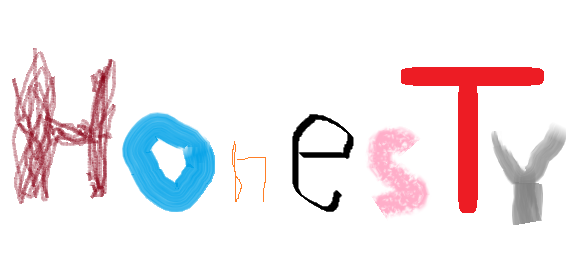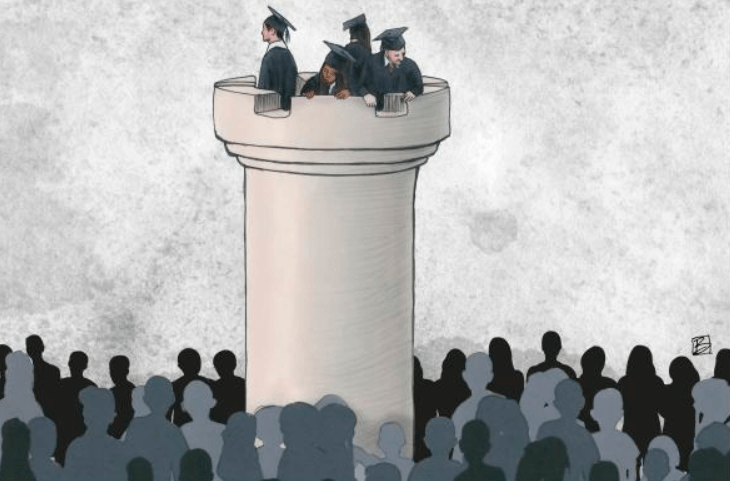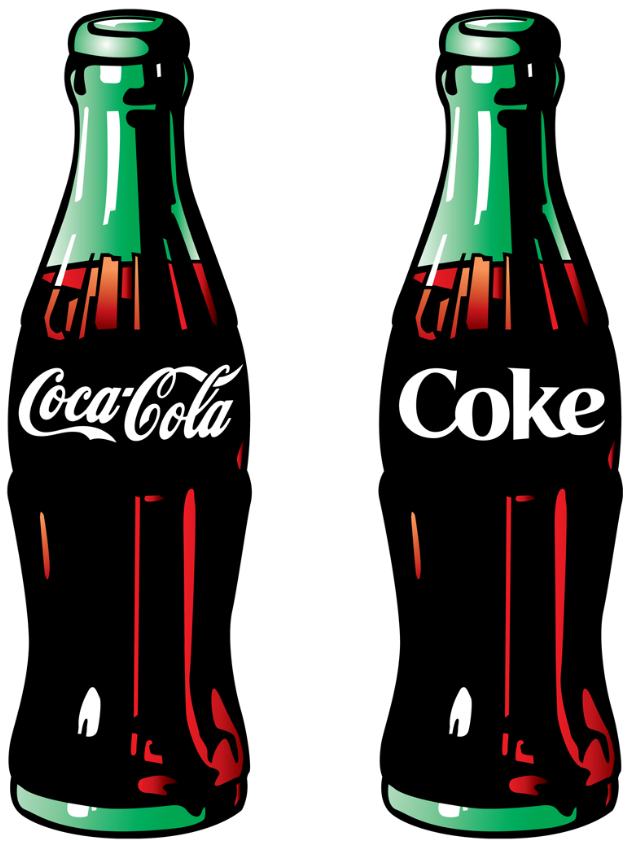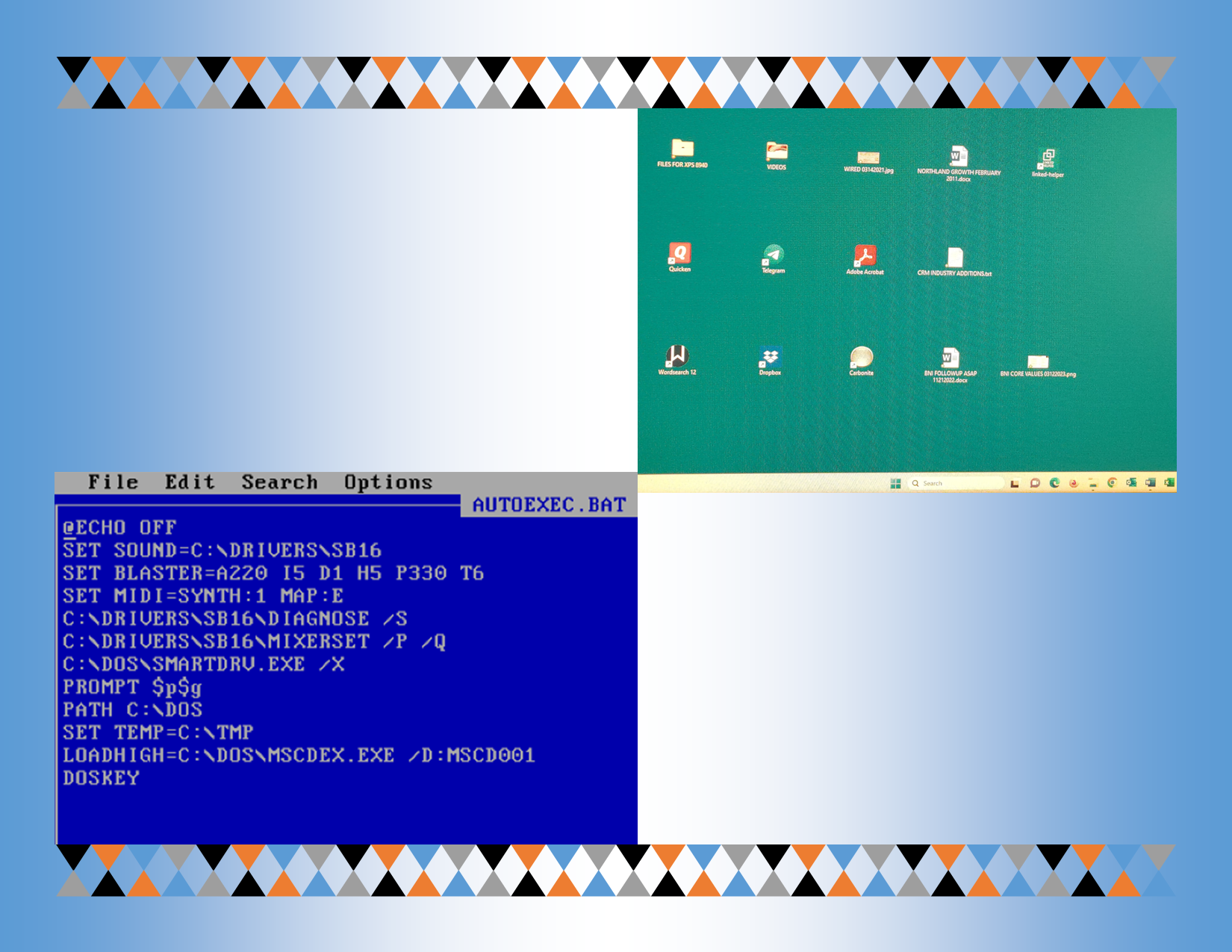THE NEW AGE OF RELATIONSHIP WORKERS
Fortune has published its annual “The 100 Best Companies To Work For” (Milton Moskowitz and Robert Levering, March 15, 2015, pp. 97–154). In addition to its momentous list, Fortune included some of the latest research about the nature of jobs being created. Statistical data and observations summarized from McKinsey Global Institute and LinkedIn about new job creation in the United States from 2001 to 2009 show (p. 108):
- Negative 2.7 million production jobs.
- Negative 0.7 million transaction jobs.
- Positive 4.8 million interaction jobs.
- Knowledge is becoming commoditized. The most valuable people today are increasingly “relationship workers.”
This data dovetails with what Daniel H. Pink wrote in his fascinating book, A Whole New Mind: Moving from the Information Age to the Conceptual Age (New York: Riverhead Books, 2005). As we move from the Information Age (and the corresponding the need for left-brain thinking) into the Conceptual Age (and the corresponding need for right-brain thinking), Pink points out how higher education and corporate recruiting are changing:
“ A master of fine arts, an MFA, is now one of the hottest credentials in a world where even General Motors is in the art business. Corporate recruiters have begun visiting the top arts grad schools—places such as the Rhode Island School of Design, the School of the Art Institute of Chicago, Michigan’s Cranbrook Academy of Art—in search of talent. . . . With applications climbing and ever more arts grads occupying key corporate positions, the rules have changed: the MFA is the new MBA. ” (p. 54)
I love what Pink is asserting. Business skills are always important, but they will do more harm than good if misapplied. On the other hand, when someone can channel the business skills through the grid of the arts, design, and perceptions, then we have the opportunity to maximize all our products and services. We will not just be producing products and services that speak to the bottom line. Instead, we will be holistically creating products and services that so effectively speak to the human bottom line that the corporate bottom line benefits too. Talk about a win-win solution—this is it!
Industry trends further mirror these realities, as Pink cites:
“ Since 1970, the United States has 30 percent more people earning a living as writers and 50 percent more earning a living by composing or performing music. Some 240 U.S. universities have established creative writing MFA programs, up from fewer than twenty two decades ago. More Americans today work in arts, entertainment, and design than work as lawyers, accountants, and auditors. ” (p. 55)
Our world will always need left-brain thinking. The important matter to remember though is that increasingly, left-brain work is being done cheaper and faster by overseas labor or stateside computers. Add to that the universal need for all people to maintain a sense of meaning, and the need for right-brain thinking is clear. This is why we have 4.8 million new jobs in interaction or the category of relationship workers.
Pink is correct. Production jobs and transaction jobs may be decreasing, but we increasingly will need people to fill the interaction jobs. We increasingly need the pattern recognizers, the creators, the synthesizers, the storytellers, the empathizers, and the meaning makers. These skillsets help everyone to tie it all together. These skillsets keep us from being deluged in information yet starved for knowledge.
I think part of the reason that some of the companies are on the 100 best workplaces list is because they have recognized how to provide relationship workers to their customers. These are the employees that will make their employers shine. These are the employees who are highly engaged. These are the employees who instinctively know what their customers want and need, and these are the employees who know how to deliver it.











